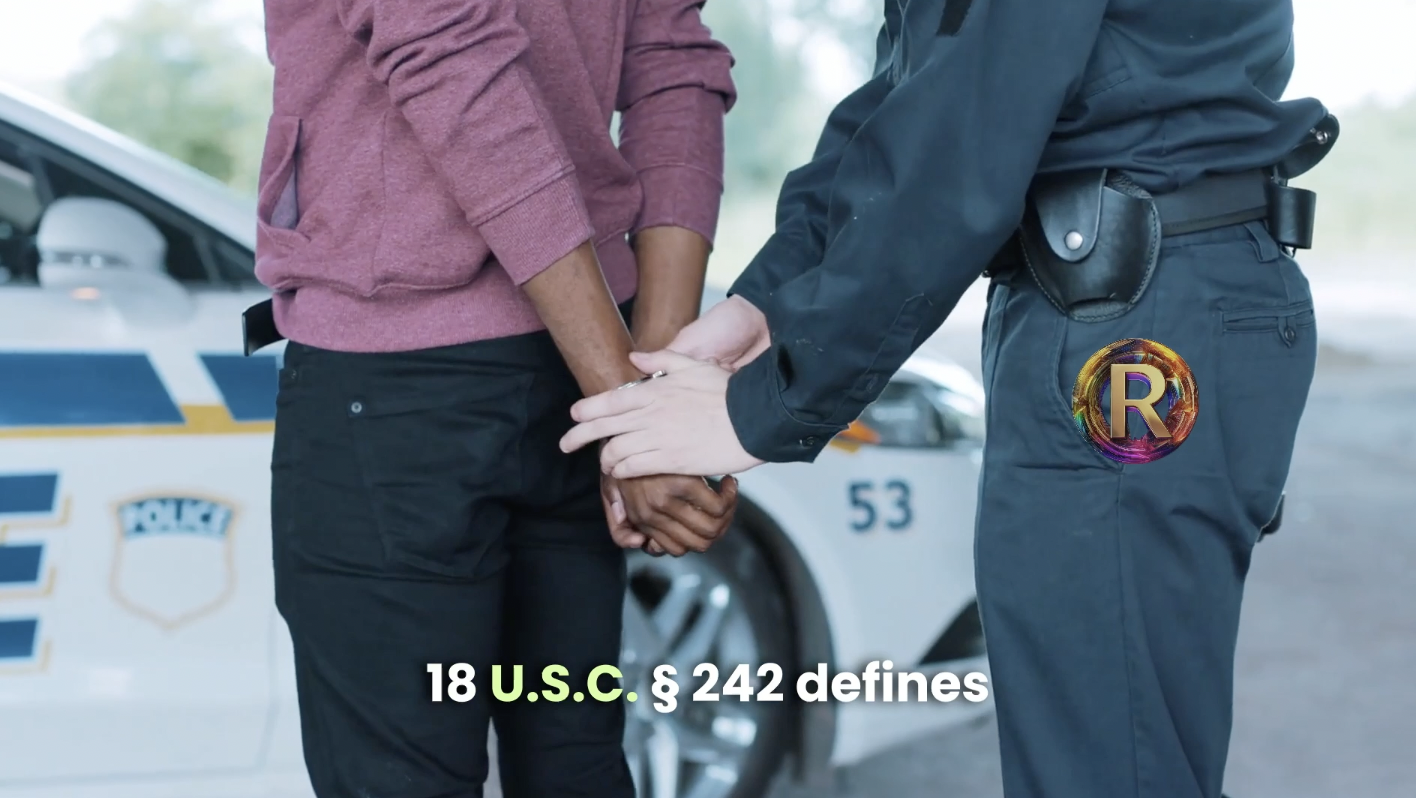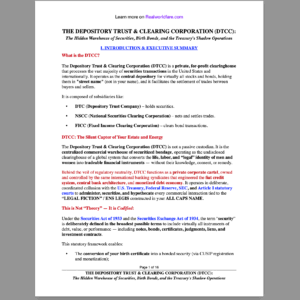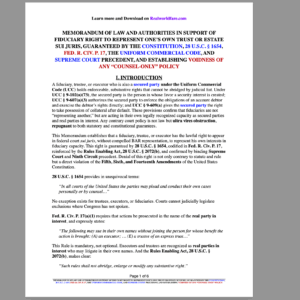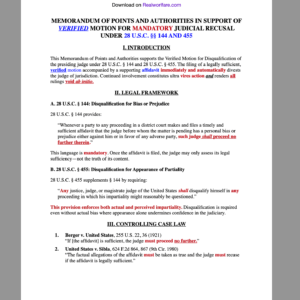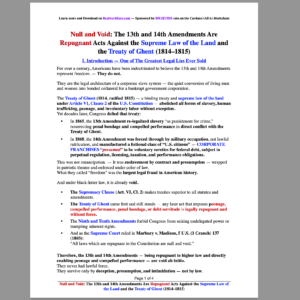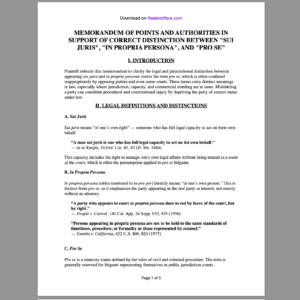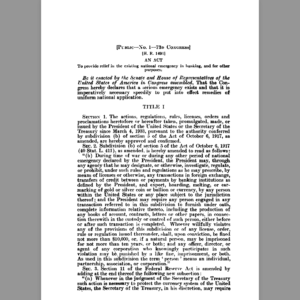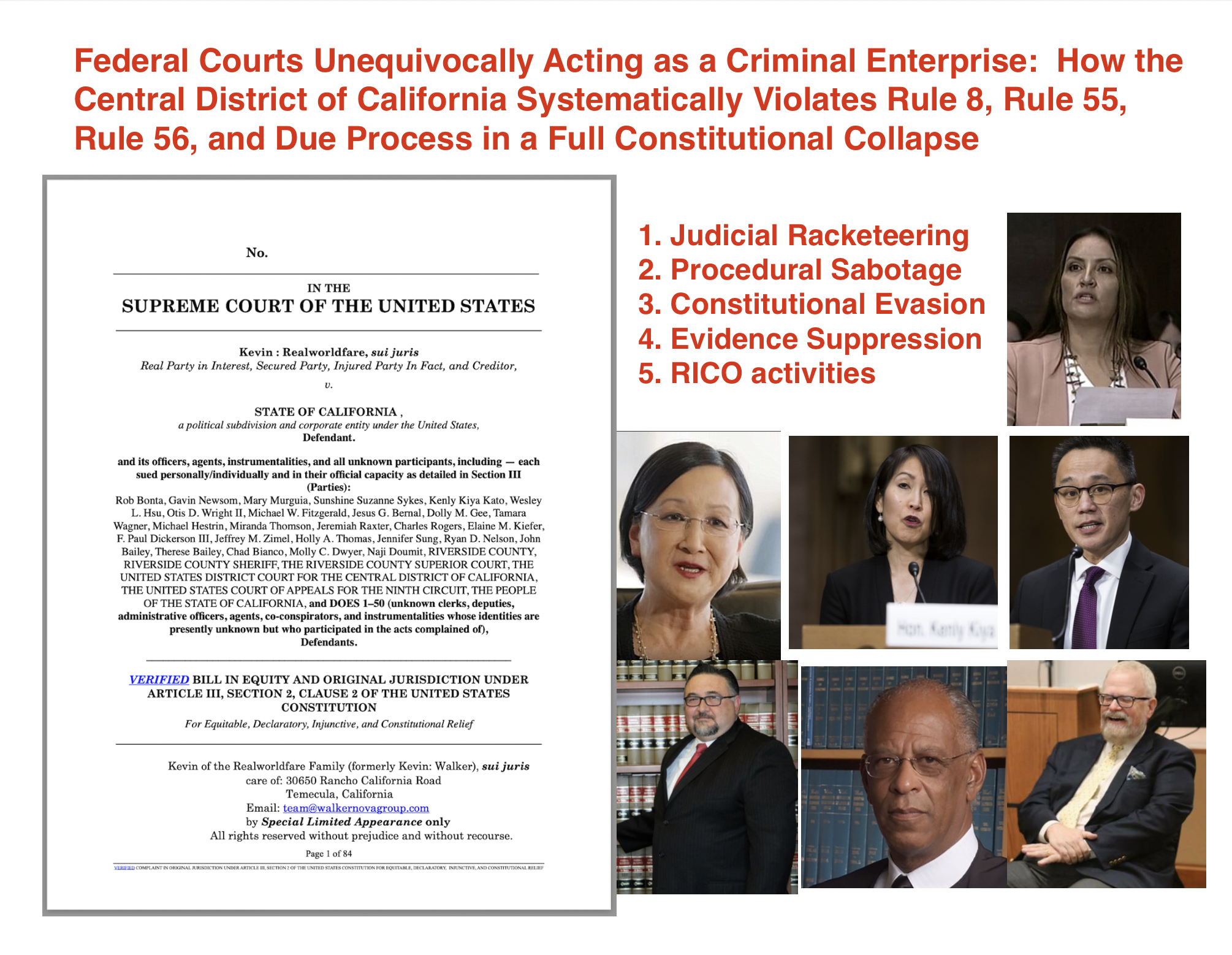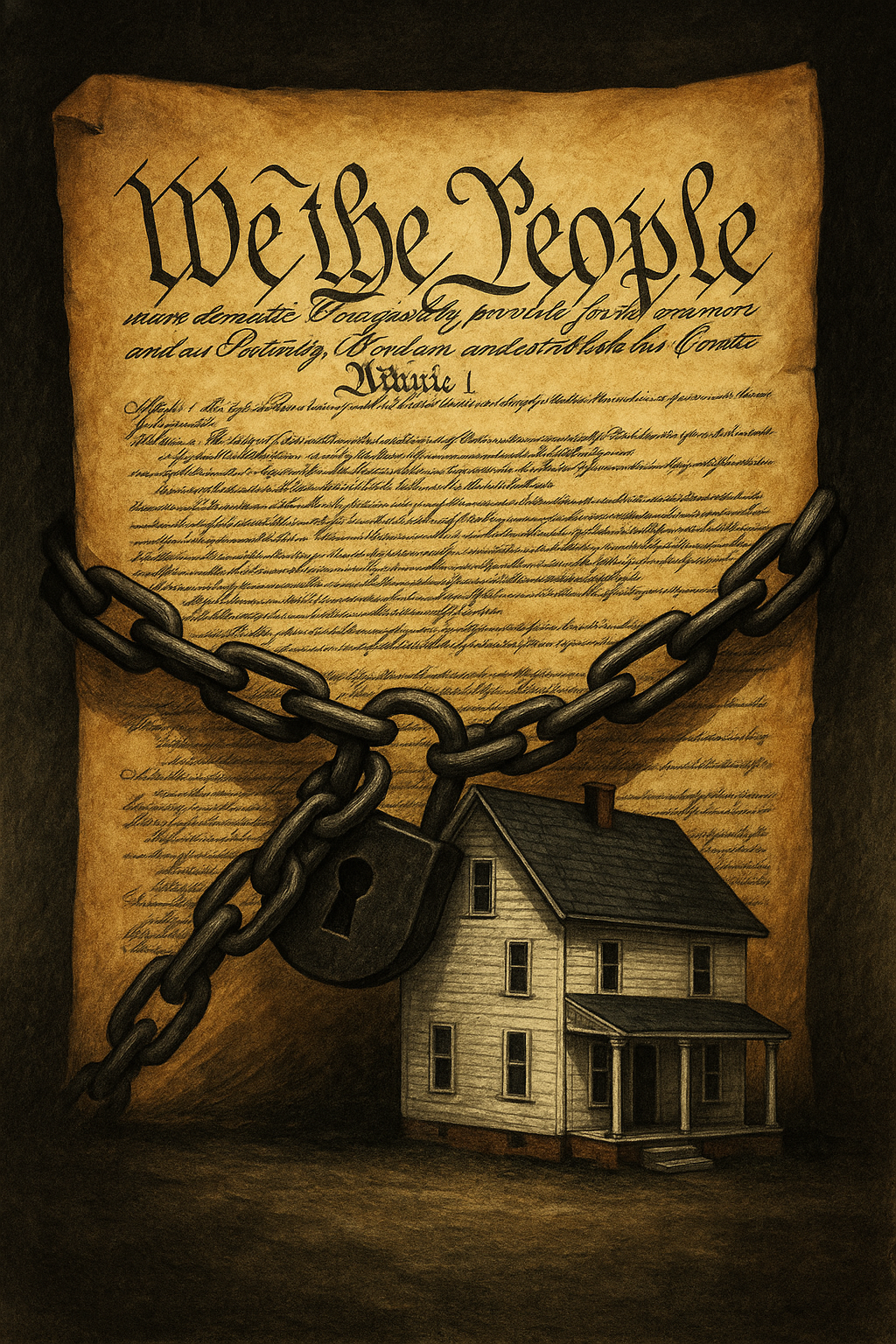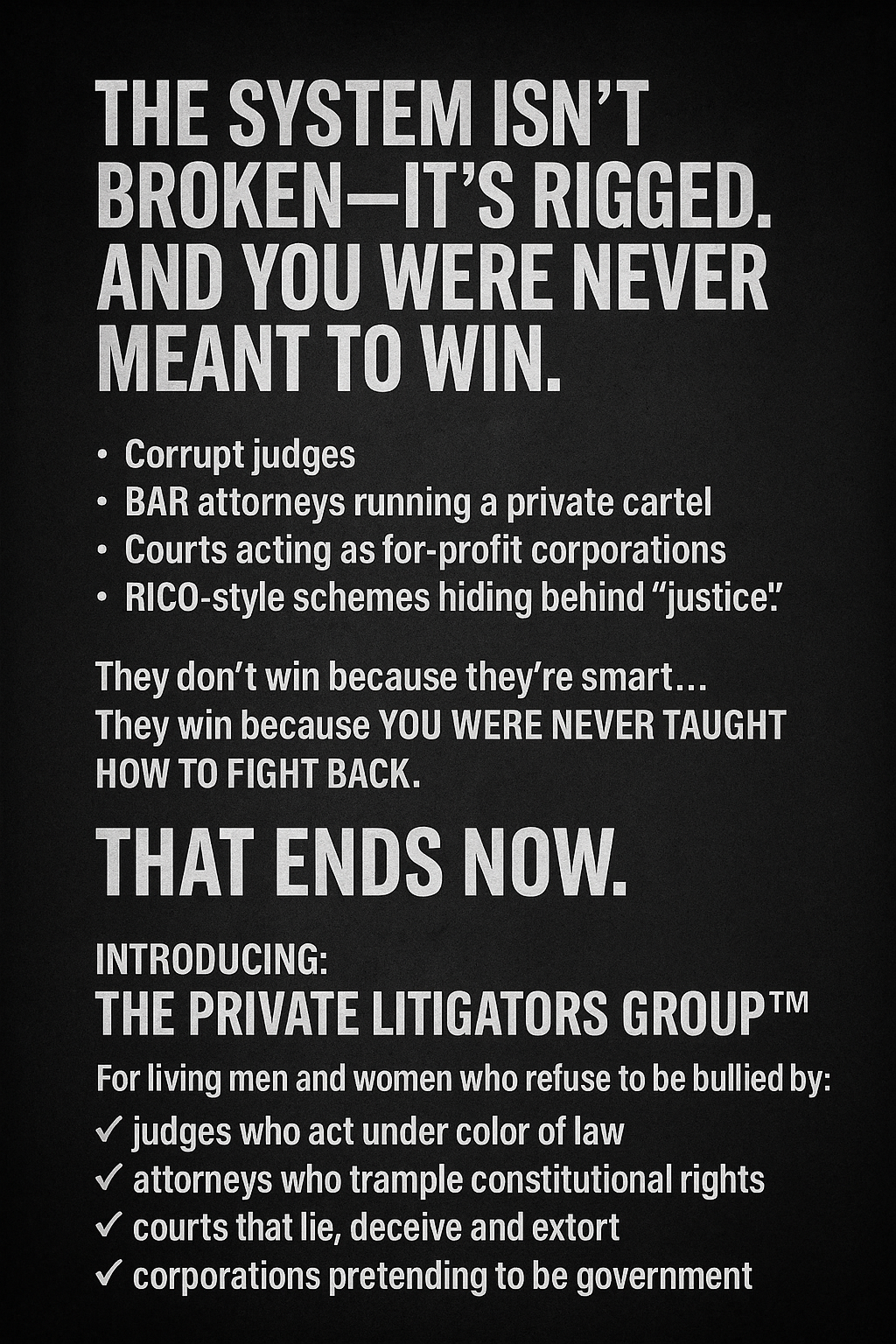“…and to the Republic for which it stands, one Nation under God, indivisible, with liberty and justice for all.”
These familiar words from the Pledge of Allegiance serve as a daily reminder that we live not in a democracy ruled by policy, but in a constitutional republic governed by law. In a republic, all public servants—including police officers, sheriffs, and highway patrol—take an oath to uphold the Constitution of the United States.
Yet despite this oath, many of these officers unknowingly violate the very rights they swore to protect by acting under what is known as “color of law.”
🔍 What Does “Color of Law” Mean?
The term “color of law” refers to the appearance of legal authority, rather than lawful authority itself. It occurs when a public official uses their position to enforce a statute, policy, or order that violates constitutional rights, even if unintentionally.
📘 18 U.S.C. § 242 defines it as:
“Whoever, under color of any law… willfully subjects any person to the deprivation of any rights… protected by the Constitution or laws of the United States…”
In other words, even if an officer has no malicious intent, if they violate someone’s rights under the false appearance of lawful authority, they may be held personally liable—and in some cases, criminally prosecuted.
🚔 How Officers Act Under Color of Law Without Knowing
Many law enforcement officers:
-
Follow departmental policy over constitutional limitations
-
Assume jurisdiction without verifying it
-
Apply vehicle codes to all drivers, regardless of status
-
Conduct stops and arrests without valid warrants or probable cause
-
Fail to recognize private trust, property, or sovereign standing
They may sincerely believe they are acting lawfully. But under the law, good intentions are not a defense—lawful action is the standard.
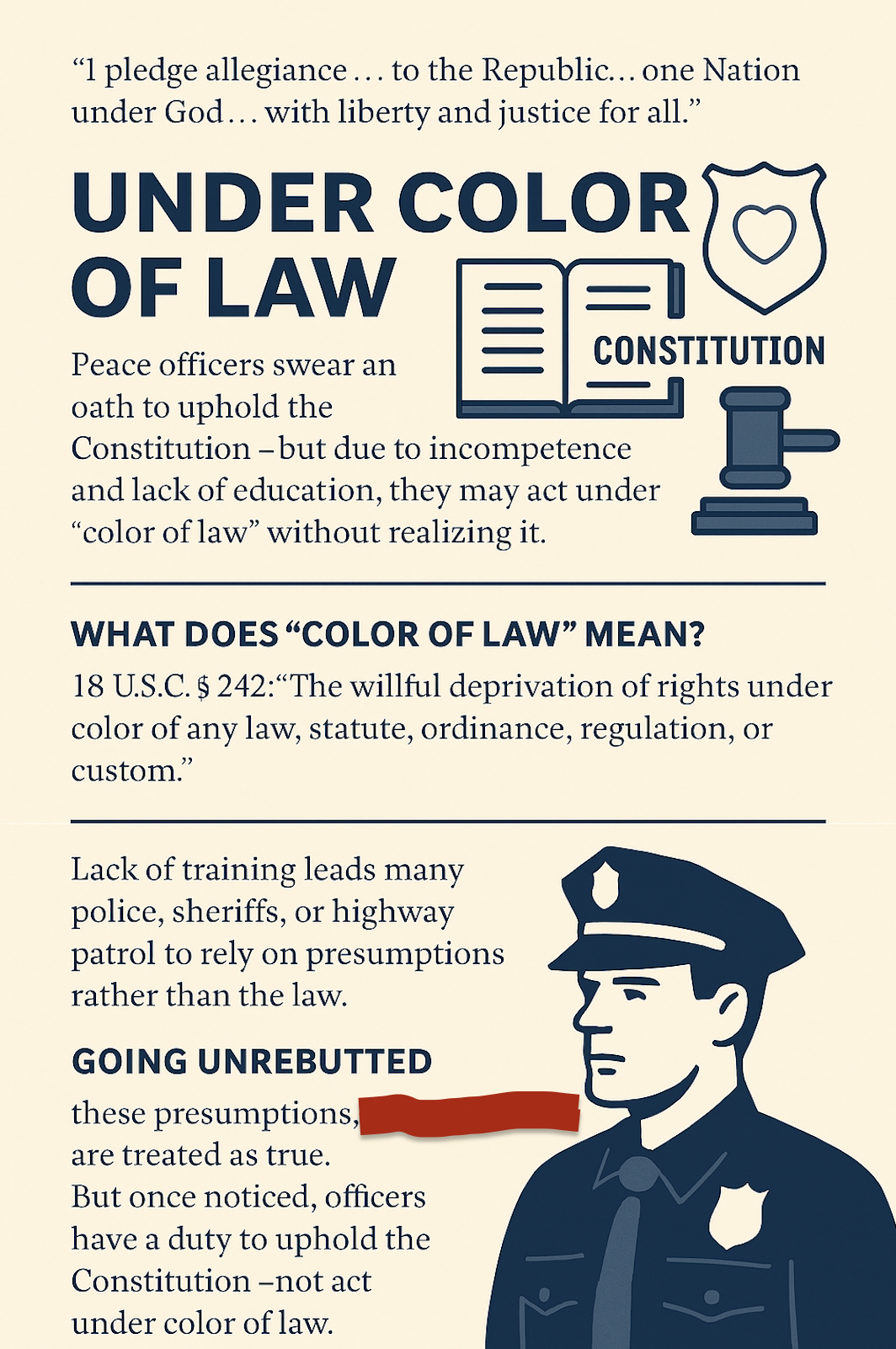
🤯 Presumption: The Root of the Problem
Most color of law violations begin with presumption:
-
That every individual is a commercial U.S. citizen
-
That all travel is transportation for hire
-
That all vehicles are State-registered assets
-
That every encounter falls under universal enforcement authority
The legal system functions heavily on presumptions and silence. If no one challenges the officer’s assumptions, the system proceeds as if they are true.
But when someone lawfully rebutts that presumption—by notice, affidavit, or verbal clarification—the officer is now obligated to stop, verify, and comply with their constitutional oath.
📜 Officers Have a Duty to Correct Course
Once notified that they are exceeding their authority or infringing on rights, public servants have a duty to cease and correct. Specifically, they must:
-
Cease enforcement of unconstitutional orders or codes
-
Verify jurisdiction and legal cause
-
Avoid continuing under color of law, or risk civil and criminal liability
⚖️ Legal Maxim: “He who does not deny, admits.”
Once on notice, silence becomes admission—and continuing the action becomes willful misconduct.
📘 Corpus Delicti: No Crime, No Jurisdiction
Before any enforcement can proceed, corpus delicti—the “body of the crime”—must be established. Officers cannot presume a crime has occurred based on arbitrary stops, unfounded suspicion, or department policy.
If there is no injured party, no sworn complaint, and no demonstrable harm, then there is no lawful cause to proceed.
Yet many officers continue to detain, search, arrest, and even prosecute individuals without proof of any actual crime—violating not only rights, but the foundation of due process.
🌳 Fruit of the Poisonous Tree: Tainted from the Start
Any evidence, statements, or charges obtained through an unlawful stop or arrest fall under the fruit of the poisonous tree doctrine.
📚 This legal principle states: “Evidence derived from an illegal action is itself illegal and inadmissible.”
This means that if an officer acts under color of law, everything that follows—from search to arrest to charges—is legally void and should be dismissed.
📚 The Solution: Education + Assertion
The only remedy to color of law violations is education—on both sides:
🔹 1. Officers Must Know the Law
Law enforcement training must go beyond policy manuals and traffic codes. Officers need to understand:
-
The Supreme Law of the Land
-
The limits of their jurisdiction
-
The difference between codes and constitutional rights
🔹 2. People Must Assert Their Rights
The public must learn to:
-
Challenge presumptions
-
Rebut silent contracts
-
Use affidavits, notices, and questions to protect their standing
-
Remain calm, peaceful, and firm during encounters
Ask:
“Are you enforcing policy or law today?”
“Do you have jurisdiction over me, or is that presumed?”
“Is there a verified complaint or injured party?”
🧠 Summary
The United States is a constitutional republic, not a law-by-policy democracy. Every officer swears an oath to uphold that republic and its Constitution.
Color of law occurs when officers overstep their oath—knowingly or not—and deprive someone of rights under false authority. It’s often caused by incompetence, ignorance, or blind adherence to policy.
But once you rebut the presumption, and once an officer is on notice, they are legally bound to:
-
Stand down from unlawful enforcement
-
Verify all claims of authority
-
Act within constitutional limits
Because ignorance explains the violation—but it does not excuse it.
